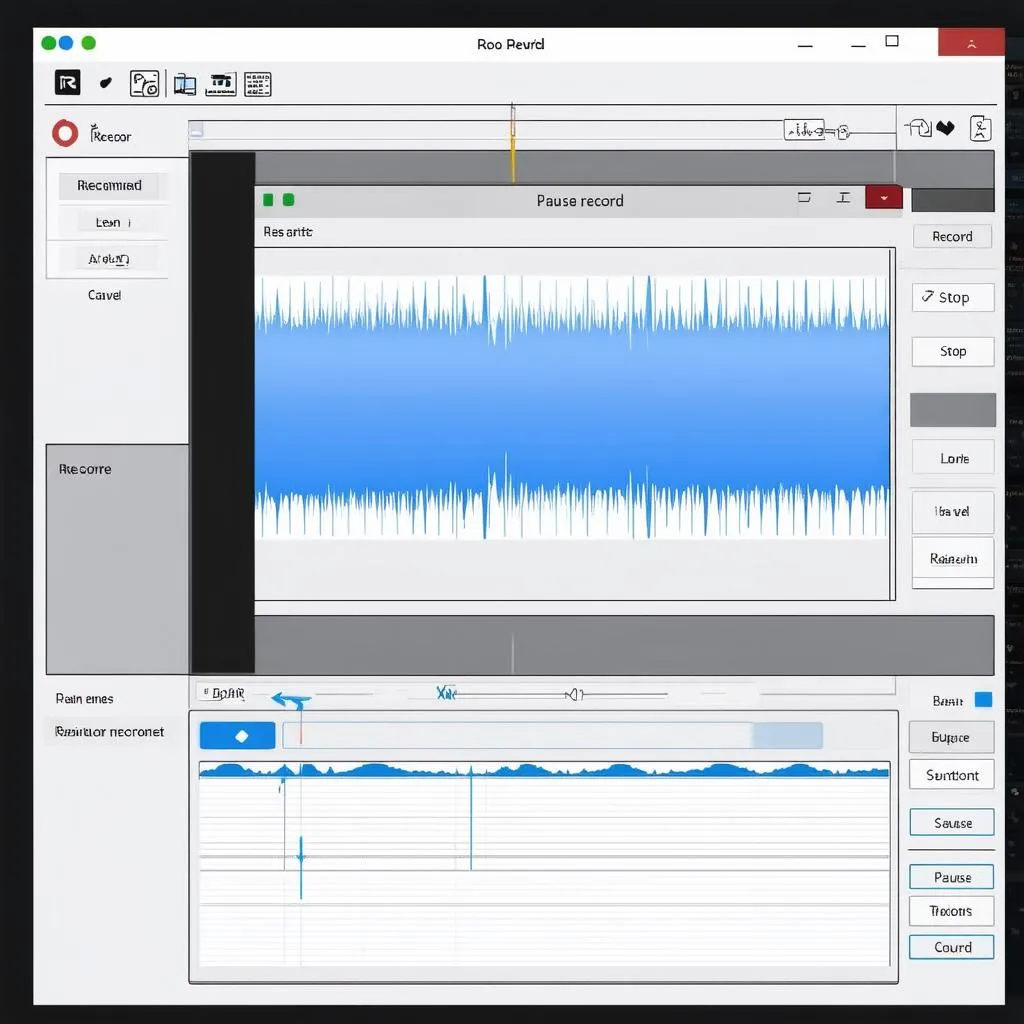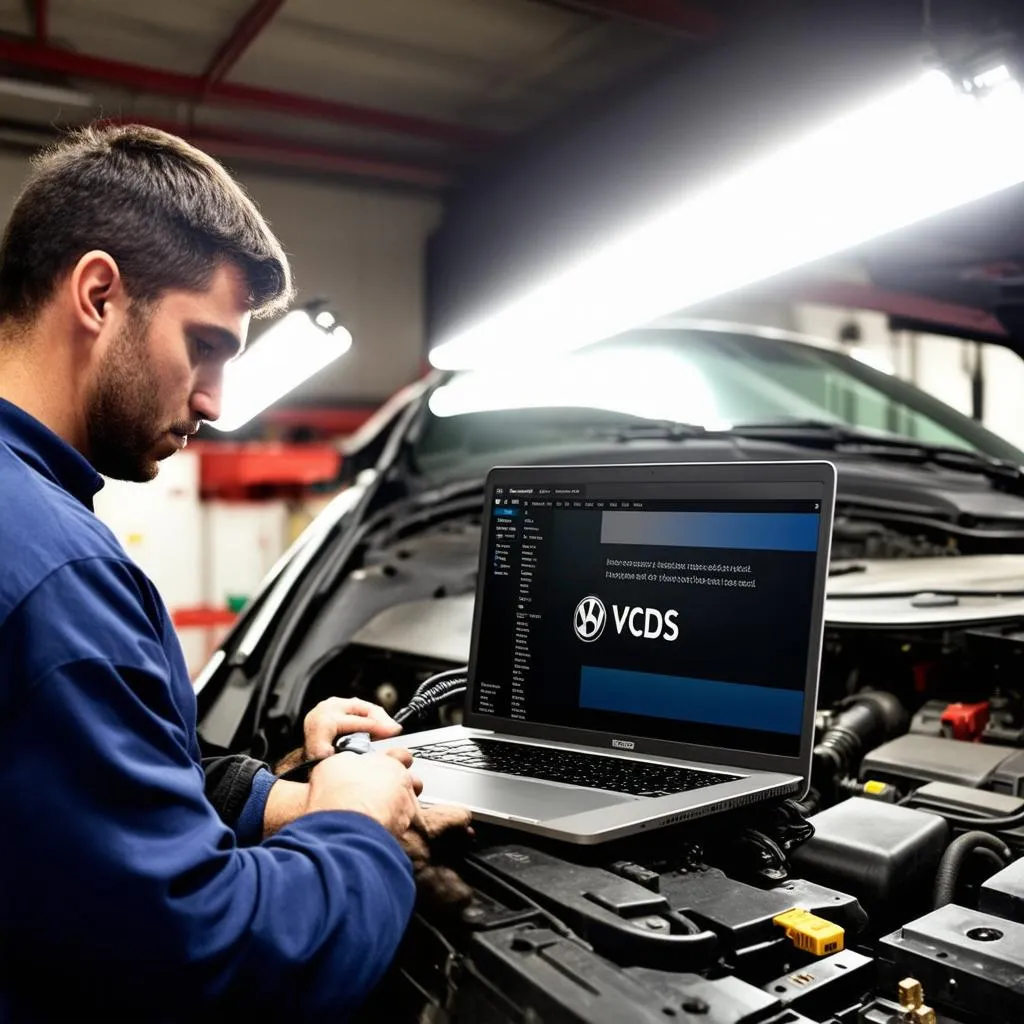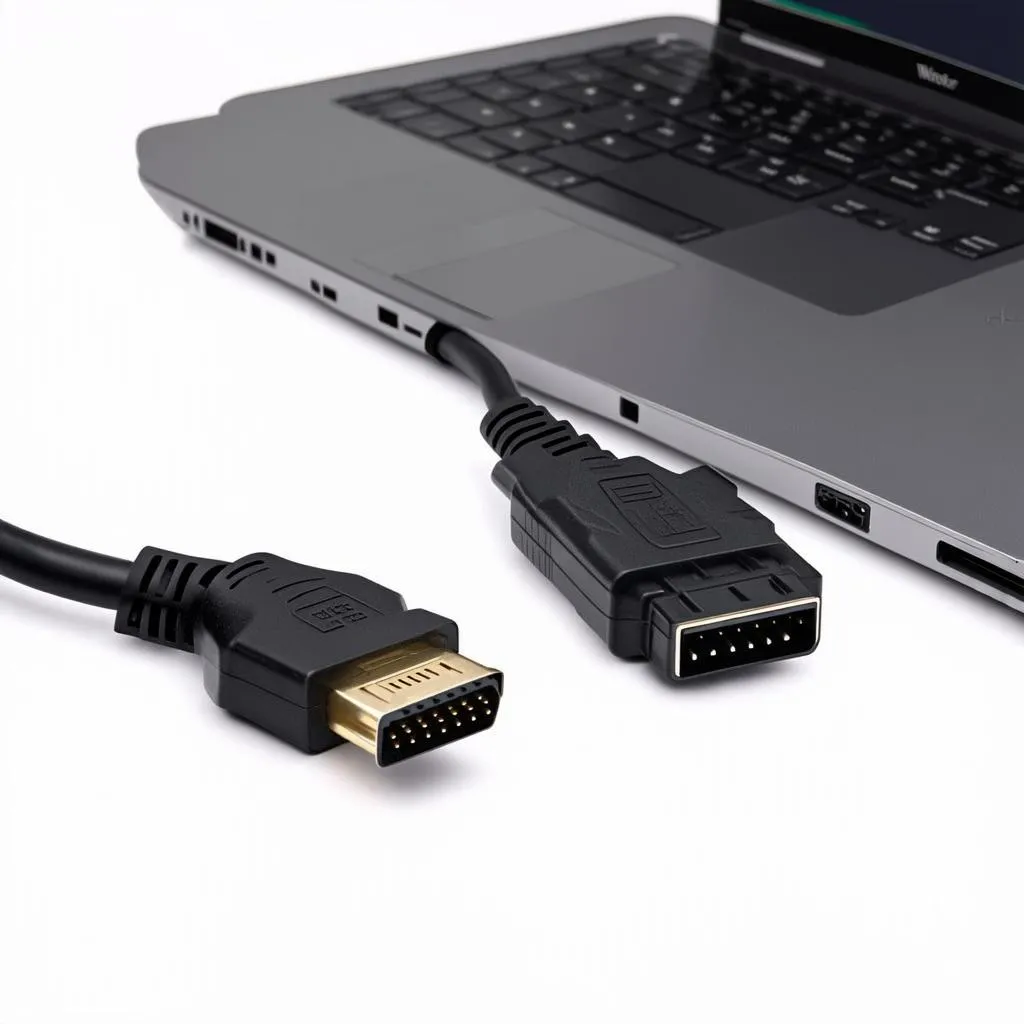In the world of automotive diagnostics, having the right tools can make all the difference. As a seasoned automotive electrician, I often get asked about “Vcds Free Video Editor.” Let’s clear the air: there’s no software specifically called “VCDS Free Video Editor.” VCDS, short for “VAG-COM Diagnostic System,” is a powerful diagnostic software for Volkswagen Audi Group (VAG) vehicles. However, it primarily focuses on retrieving and clearing fault codes, monitoring live data, and performing adaptations – not video editing.
Understanding the Confusion: Why “VCDS Free Video Editor”?
The search term “VCDS Free Video Editor” likely arises from the need to document and share diagnostic findings. Imagine trying to explain a complex electrical fault to a client or a colleague. A video showcasing live data from VCDS, coupled with your commentary, would be incredibly helpful.
How to Record Your VCDS Diagnostics
While a dedicated “VCDS Free Video Editor” doesn’t exist, you can use readily available screen recording software alongside VCDS. Here’s what I recommend:
1. Choose Your Screen Recorder
- OBS Studio (Open Broadcaster Software): A free, open-source option popular among gamers and professionals for its versatility.
- Camtasia: A user-friendly option with a free trial and paid versions offering more features.
- Windows 10 Game Bar (Windows Key + G): Built into Windows 10, it’s a quick and easy option for basic recording.
2. Set Up Your Recording Area
- Select the correct screen or window: Capture only the VCDS interface to keep the focus where it matters.
- Adjust audio settings: Ensure you’re capturing audio from your microphone for clear commentary.
3. Record and Explain
- Connect your diagnostic interface (like those from Cardiagtech) and launch VCDS.
- Start your screen recording software and walk through the diagnostic process.
- Clearly explain the steps, the data you’re seeing, and your interpretations.
4. Editing Your Recording (Optional)
While not essential, editing your video can enhance clarity:
- Trim unnecessary footage: Cut out any dead air or irrelevant sections.
- Add annotations or callouts: Highlight important data points or steps.
 Screen Recording Interface
Screen Recording Interface
Leveraging Video for Enhanced Automotive Diagnostics
Documenting your VCDS diagnoses through video offers significant advantages:
- Improved Communication: Visuals make complex information easier to understand for clients and colleagues.
- Knowledge Sharing: Create training materials or share your expertise online.
- Case Documentation: Keep a visual record of your diagnostic process for future reference.
FAQs about VCDS and Video Documentation
Q: Can I use a smartphone to record my VCDS screen?
A: Yes, many smartphones have built-in screen recording capabilities or dedicated apps. However, ensure your video quality is good enough for clear viewing.
Q: What should I do with the recorded videos?
A: You can store them securely for your records, share them privately with colleagues, or use them for training purposes. “As an automotive instructor, I find that videos demonstrating diagnostic procedures using tools like VCDS significantly enhance student comprehension,” says Michael Thompson, author of “Advanced Automotive Diagnostics: A Practical Approach.”
 Mechanic Diagnosing a Car with VCDS
Mechanic Diagnosing a Car with VCDS
Conclusion
While a dedicated “VCDS Free Video Editor” may not exist, combining VCDS with readily available screen recording and editing software empowers you to create compelling visual aids for communication, training, and documentation in the field of automotive diagnostics.
Need further assistance with automotive diagnostic tools or have questions about CARDIAGTECH products? Don’t hesitate to reach out to our expert team for personalized support.


